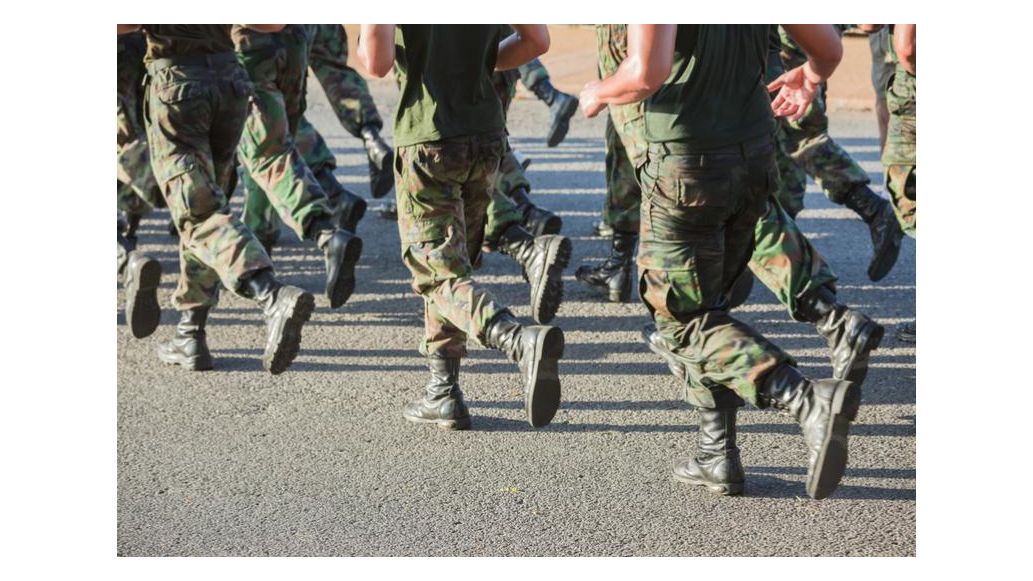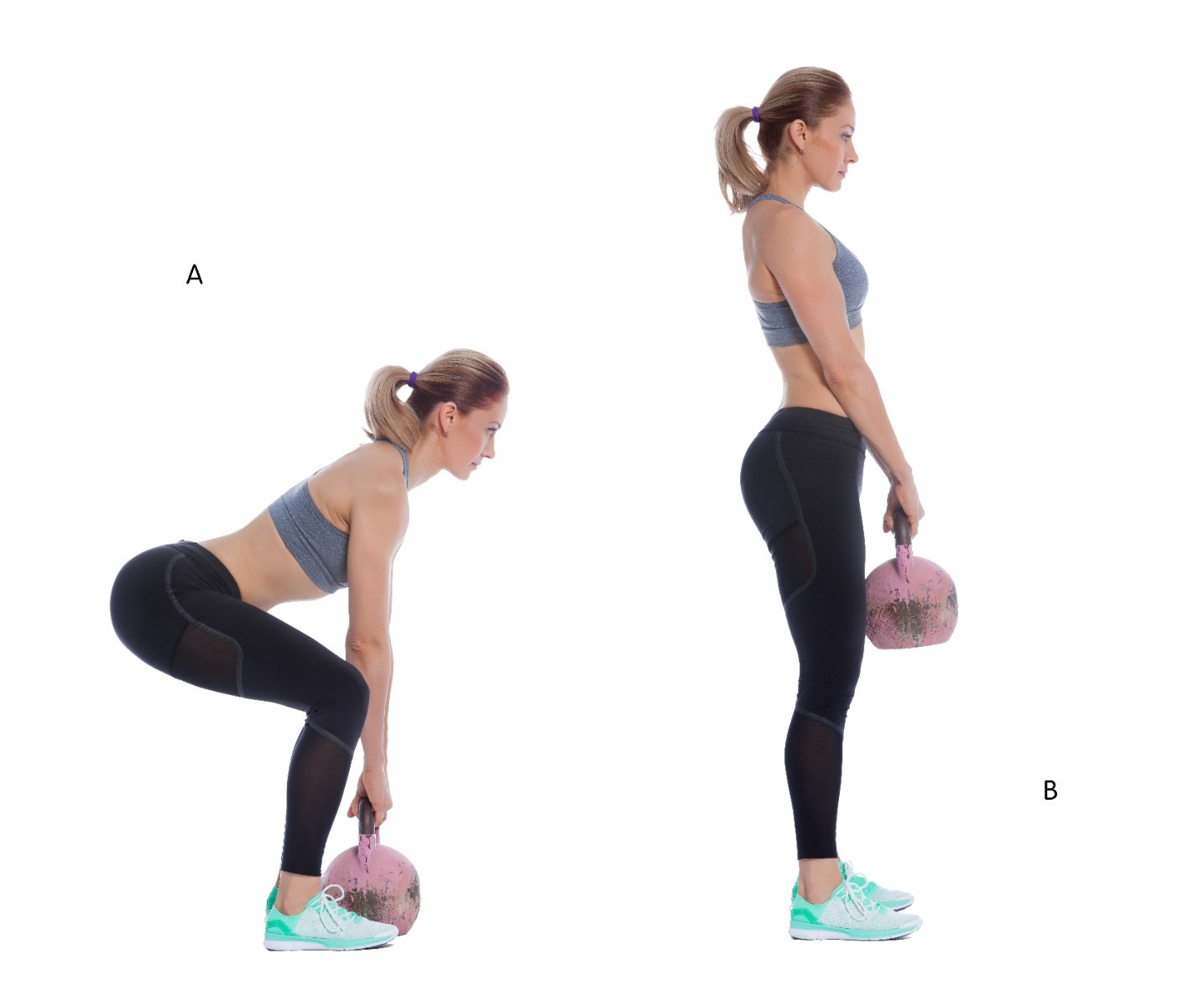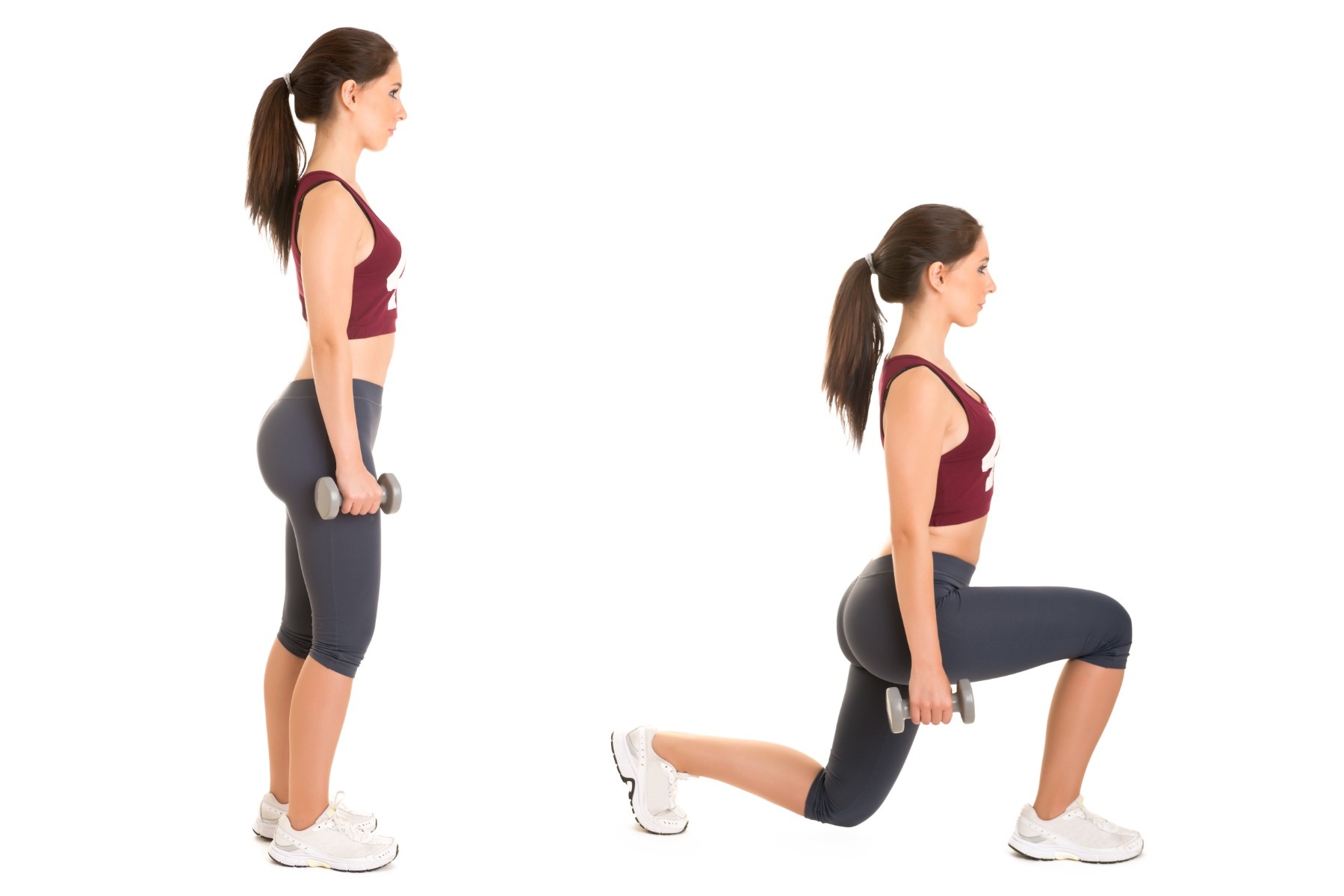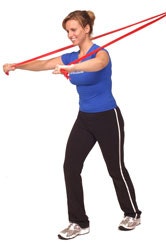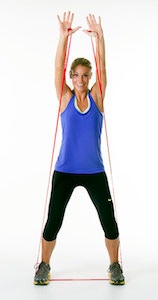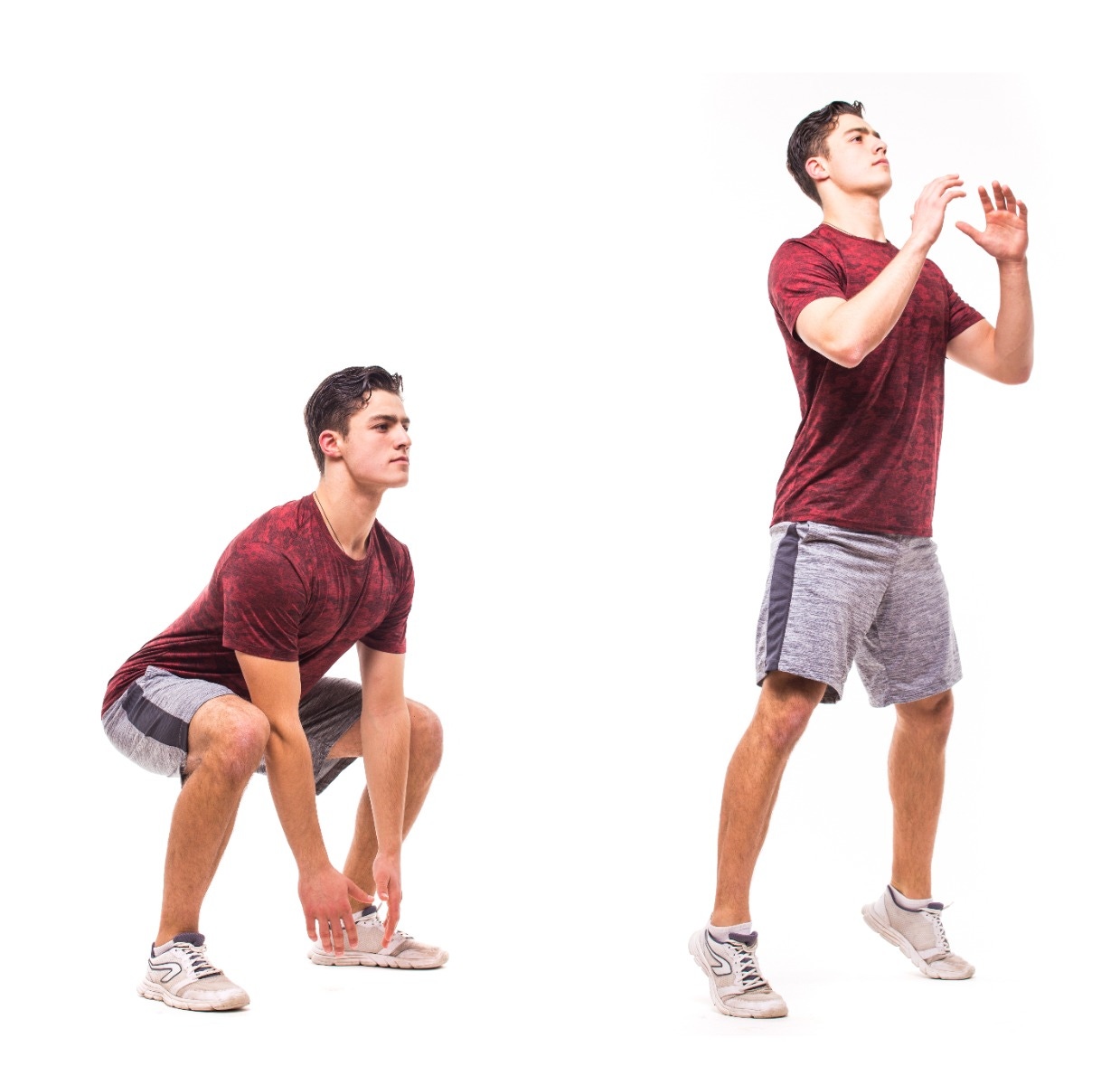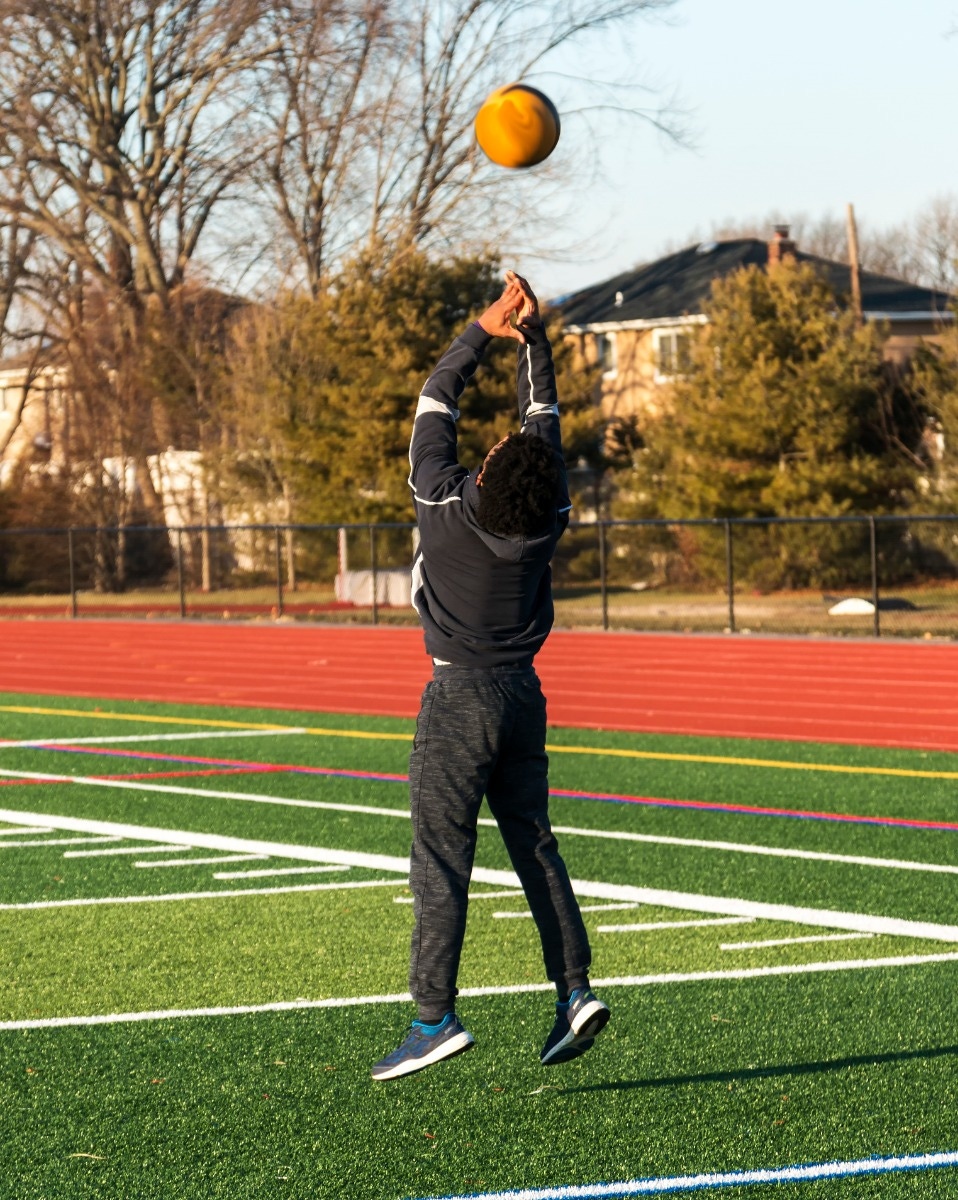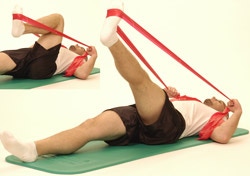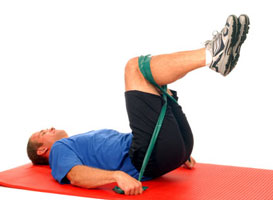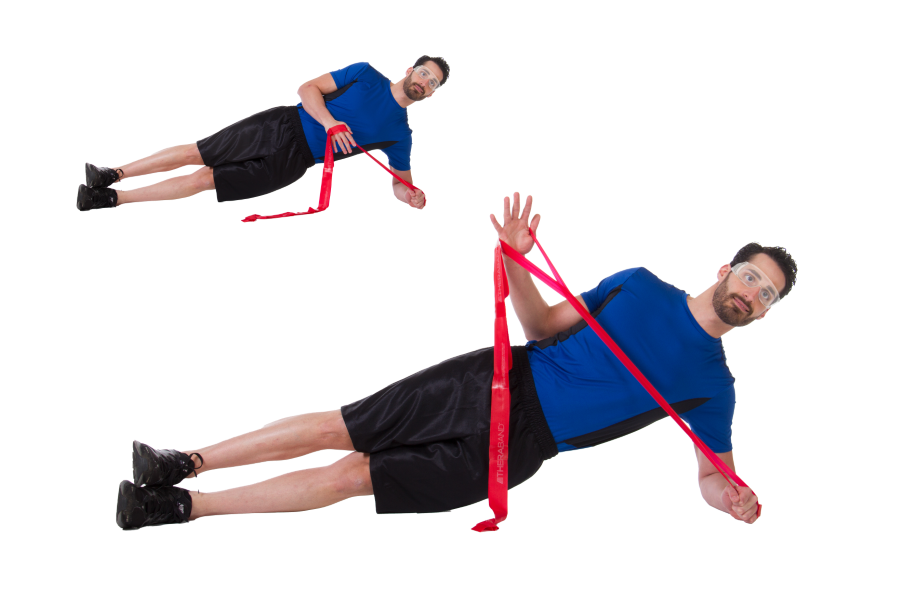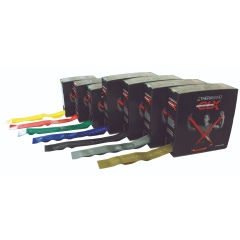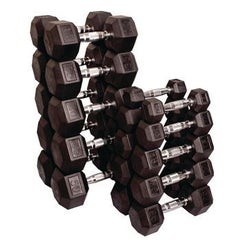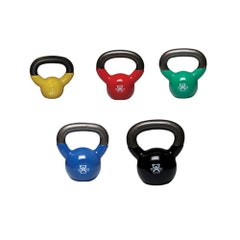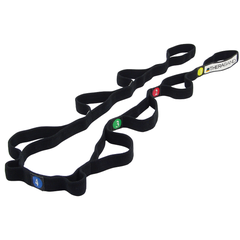Are you thinking about joining the army? Or maybe you’re getting ready for your semiannual army fitness test? Physical fitness is essential at all levels of the army. If you’re looking to improve your score and learn more about the new switch to the ACFT (Army Combat Fitness Test), you’re in the right place. Learn more about why the test was changed from the APFT (Army Physical Fitness Test), the test’s events, and exercises that will help you pass.
|
Did you know? All soldiers are required to pass the ACFT, which replaced the Army Physical Fitness Test in October 2020. Learn more about the difference between the APFT and the ACFT! |
The APFT vs. the ACFT
Exercises to Prepare for the Army Combat Fitness Test (ACFT)
Training with the Army Physical Fitness Test (APFT) Exercises
ACFT Tips
The APFT vs. the ACFT
What’s the difference? Find out!
What is the APFT?
What is the ACFT?
Why did the army fitness test change?
When does the ACFT take effect?
What is the APFT?
APFT stands for the Army Physical Fitness Test. Since its introduction in 1980, this test was taken twice a year by active duty military members with APFT events that were used to test muscular strength, endurance, and respiratory fitness. The test consisted of push-ups, sit-ups, and a 2-mile run, and passing scores were based on the participants’ sex and age. If a permanent medical condition kept a soldier from completing the two-mile run, alternatives like walking, biking, or swimming for various distances were available.
What is the ACFT?
ACFT stands for the Army Combat Fitness Test. Developed as a replacement to the APFT exercises, the new combat fitness test involves six events with test standards that are the same for men and women, as the physical challenges they face during combat are the same. It aims to enhance soldier and unit readiness while improving the army’s fitness culture.
Why did the army fitness test change?
While the APFT evaluated components important to a soldier's aerobic and muscular endurance, the new test was designed to meet the complex fitness requirements that are encountered during combat. To enhance readiness, the new ACFT requirements include additional test factors, like muscular strength, speed, agility, balance, flexibility, and coordination. The fitness update includes gender- and age-normed scoring scales.
The APFT only has a forty percent predictive power for combat performance, but the new ACFT has an eighty percent predictive power. Thus, this test is a better assessment of a soldier’s combat readiness.
When does the ACFT take effect?
The migration of APFT events to the ACFT plan was intended to take place in October 2020, however, COVID-19 caused the testing to be suspended. Diagnostic testing for the ACFT exercises began on April 1, 2022 with a six-month training window until record testing begins for Regular Army and Active Guard Reserve Soldiers on October 1, 2022.
Also starting October 1, a passing ACFT score is used for retention, graduation of initial military training, professional military education, and evaluation reports for Regular Army and Active Guard Reserve Soldiers. However, separation actions for failing the ACFT don’t begin until April 2023. For Army Reserve and Army National Guard Soldiers, April 2023 is the starting point for ACFT events with separation action beginning April 2024.4
Exercises to Prepare for the Army Combat Fitness Test (ACFT)
Warm-Up
Event 1: Three Repetition Maximum Deadlift (MDL)
Event 2: Standing Power Throw (SPT)
Event 3: Hand-Release Push-Up (HRP)
Event 4: Sprint-Drag-Carry (SDC)
Event 5: Plank (PLK)
Event 6: Two-Mile Run (2MR)
Cool Down
The Army Combat Fitness Test will become the army’s PT test in October 2022. Every year, Active Army and AGR Soldiers will take two ACFTs, while Reserve and Guard Soldiers will take one ACFT. During this implementation period, the Army states that “No adverse administrative actions will be taken against a Soldier for failing the ACFT and a Soldier’s score or comments on performance will not be used administratively during the data collection period”.
Currently, each event is scored on a 100-point scale (totaling 600) with 60 points being the minimum requirement to get a passing ACFT score (totaling 360). It is in talks that an additional five-tier system should be added to place soldiers in an individual performance category: green, bronze, silver, gold, or platinum. Soldiers in the platinum tier have a score in the top 1% of the total force while green represents between 360 points and the lowest 50% of the total force. Changes to tier cutoffs may be made each year based on performance data.5
The alternative assessment for soldiers with permanent profiles includes all ACFT events within the limits of their profile including at least one of the aerobic events. Aerobic test events include a standard 2-mile run with a 21-minute time minimum and alternative events with a 25-minute test standard with the option of a 2.5-mile walk, 5,000-meter row, a 12,000-meter stationary bike, or a 1,000-meter swim.3
With these more rigorous testing requirements, make sure you warm up before starting your ACFT training!
Warm Up
You’ll find that military warm-up drills are just as important as the test itself. Before you jump into exercising, start with jumping jacks and running in place to get your blood flowing. Or use a stretch strap to incorporate dynamic stretching into your routine to help reduce stiffness before a run or heavy lifting workout. Try some of these dynamic exercises before the event. Explore how to train for the army combat fitness test below and see where your score lies on the ACFT scoring scales!
Event 1: Three Repetition Maximum Deadlift (MDL)
What you do during the event: Deadlift the maximum weight possible three times using a sixty-pound trap (hex) bar and plates
What is measured: The maximum weight lifted three times
Points awarded: 60 points for 140 pounds for men and 120 pounds for women, 100 points for 340 pounds for men and 230 pounds for women (varying slightly depending on age range)
What it simulates: Lifting and moving heavy loads (both equipment and injured soldiers) from the ground
How to train: Your ACFT prep workout should include these three exercises below to improve your muscular strength and balance for event one
|
|
|
|
|
Sumo Deadlift For this exercise, you can use a kettlebell, dumbbell, or trap bar.
|
Forward Lunge Grab two dumbbells or kettlebells for this exercise.
|
THERABAND Bench Press For this exercise, you’ll need a resistance band.
|
Event 2: Standing Power Throw (SPT)
What you do during the event: Throw a ten-pound medicine ball backwards, over your head
What is measured: The distance thrown
Points awarded: 60 points for 6 meters for men and 4 meters for women, 100 points for 13.1 meters for men and 8.7 meters for women (varying slightly depending on age range)
What it simulates: Throwing equipment over a wall/onto an obstacle, helping a fellow soldier climb over a wall, using force in man-to-man contact, and jumping over and across obstacles
How to train: Practice building your explosive power with these exercises
|
|
|
|
|
CLX Overhead Press
|
Power Jump
|
Standing Power Throw
|
Event 3: Hand-Release Push-Up (HRP)
What you do during the event: Complete as many hand-release push-ups as possible during the timed two-minute event
What is measured: The number of hand-release push-ups completed
Points awarded: 60 points for 10 repetitions for men and women, 100 points for 60 repetitions for men and 48 for women (varying slightly depending on age range)
What it simulates: Pushing away an opponent during man-to-man contact, pushing a disabled vehicle, moving obstacles, reaching out from a prone position when crawling, taking cover, or shooting, getting down and up from the ground during evasive maneuvers
How to train: Army hand-release push-ups work to measure upper body endurance
Strengthen your chest and arm muscles by doing the CLX Shoulder Push-Up and CLX Core Stabilization Quadruped Arm and Leg using a THERABAND CLX Resistance Band.
Event 4: Sprint-Drag-Carry (SDC)
What you do during the event: Sprint 25m from the starting position to a line and back, grab a rope attached to a ninety-pound weighted sled and drag it while running down and back, do a lateral shuffle there and back, pick up a forty-pound kettlebell in each hand and carry them quickly to the cone and back, then finally sprint there and back once more
What is measured: The time it takes you to complete the 5x50 meter shuttles (sprint, drag, lateral, carry, and sprint)
Points awarded: 60 points for completing in 2:30 for men and 3:15 for women, 100 points for completing in 1:30 for men and 1:55 for women (varying slightly depending on age range)
What it simulates: Quickly reacting to direct and indirect fire, extracting an injured soldier from a vehicle and carrying them to safety, carrying ammunition to your fighting position or vehicle
How to train: To simulate sprint-drag-carry workouts, it’s best to focus on individual sections first. Practice sprinting and lateral shuffles, gradually trying to increase your speed. Use a kettlebell to work on the carry portion of the SDC. In lieu of a weighted sled, tie a rope to a tire or a bag filled with weights to practice the drag portion. Once you have worked on each section individually, start putting them together.
For additional training, try a THERABAND Bent Over Row using a resistance band.
Event 5: Plank (PLK)
What you do during the event: Maintain a proper plank position for as long as possible
What is measured: How long you maintain a plank position
Points awarded: 60 points for a 1:30 plank for men and women, 100 points for a 3:30 plank for men and women
What it simulates: Taking and maintaining cover and crawling in a prone position
How to train: This exercise requires a mix of core strength and endurance. During your ACFT plank training, keep in mind that your fist should be pinky down or your palms should be flat on the ground.
To build core strength and your time for standard planks, try oblique side planks with a CLX exercise band, or create a timed circuit of a number of plank types like straight arm planks, shoulder taps, leg raises, side planks, and reverse planks with a leg raise. Here are a few other exercises to try.
Note: Event five was previously a leg tuck event, however, planks were determined to be a more accurate measure of core strength for all soldiers.
|
|
|
|
|
THERABAND Leg Press
|
THERABAND Abdominal Crunch
|
Side Plank with External Rotation
|
Event 6: Two-Mile Run (2MR)
What you do during the event: Run two miles on a flat, outdoor or indoor track/course
What is measured: The time it takes for you to complete the run
Points awarded: 60 points for a time of 22 minutes for men and 23:13 for women, 100 points for a time of 13:31 for men and 15 minutes for women
What it simulates: A ruck march, infiltration, and dismounted movement
How to train: This run can take place indoors or outdoors on a lap track, out-and-back course, road, or sidewalk. You have a minimum five-minute break between the fifth event (leg tuck) and your run. To prepare, your ACFT training should start with a walk, working toward walking a full two miles. Once you can do this, begin alternating sections of walking with sections of running, gradually increasing the running sections until you can run two miles.
Start your ACFT Workouts with these products!
Cool Down
After you finish exercising, don’t forget to cool down. Take the time to walk around, slowly lowering your heart rate. You can use a stretch strap to stretch any sore muscles or incorporate army cool-down drills, or recovery drills, into your routine. Some army PT cool-down stretches include the Overhead Arm Pull, Rear Lunge, Extend and Flex, Thigh Stretch, and Single Leg Over.
If your workout has left you with aches and pains, rest and ice the area or use a topical pain reliever, like Biofreeze. Build rest days into your workout schedule to give your muscles a chance to recover. Use a massager roller to help release any tension.
Training with the Army Physical Fitness Test (APFT) Exercises
While Army Physical Fitness Test (APFT) is no longer the standard measurement of fitness for the army, incorporating these routines can only improve your ACFT scores. Let’s take a look at what was required to pass the army physical fitness test:
Warm-Up
Every good army physical fitness workout plan should include a warm-up. Perform cardio exercises to raise your heart rate and get your blood flowing. Then, make sure you’re limber by doing some stretching with a stretch strap.
Event 1: Two-Minute Push-Up Test
The first event is a push-up test. You can use a THERABAND CLX resistance band for more challenging push-ups while practicing. This exercise strengthens your chest and provides resistance similar to a bench press.
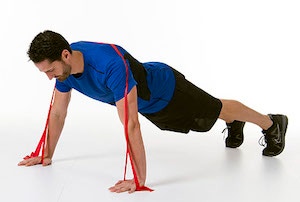
- Place one hand in an end loop, run the resistance band across your upper back, and place your other hand in the other end loop
- Get into a plank position and perform a push-up, with your elbows bent just above ninety degrees
- For an advanced move, add a second, lighter CLX band in front of your body. Perform a push-up, move into a side plank, do a resisted full arm extension, then return to your starting position.
- Repeat on the opposite side
Event 2: Two-Minute Sit-Up Test
The next event is a timed sit-up test. Move beyond standard crunches by adding a resistance band to exercises that work your abs and obliques. Start with this easy exercise to strengthen your abdominals.
- Attach your resistance band to a secure anchor point near the floor
- Lay flat on your back with your knees bent
- Grasp the middle of the band with both hands
- Keeping your arms extended, curl up lifting your shoulder blades from the floor
- Hold, slowly return to your starting position, and repeat
Event 3: Two-Mile Run
If you aren’t used to running, slowly build up to this event. Start with a one-mile walk. Build up to a two-mile walk. Then start to alternate walking and running over the course of two miles. Slowly work up to running the entire time. Foot pain? Use a THERABAND Foot Roller to massage your feet and help relieve aching pain.
Cool Down
After your workout, take the time to walk around, slowly lowering your heart rate. Don’t forget to stretch out too. Army cool-down drills, or recovery drills, include the Overhead Arm Pull, Rear Lunge, Extend and Flex, Thigh Stretch, and Single Leg Over. By the end of basic training, you need at least fifty points per event and one hundred and fifty points overall. Active and Army Reserve members need at least sixty points per event.
ACFT Tips
- When creating your ACFT fitness plan, start by practicing the individual events. Then practice doing them in a sequence one after the other.
- Start with a lower resistance or less weight and gradually increase as you grow stronger.
- For up-to-date additional information, learn more on the U.S. Army’s website.
- Compare your army CFT scores by checking out the ACFT Scoring Scales.
- Learn more about the ACFT prep in these U.S. Army videos.
- Once you’re an active or reserve member, you will need a higher minimum fitness test score, so be sure to stay in shape. Looking for exercise ideas to add to your ACFT training plan or regular routine? Check out the top fitness exercises for soldiers!
References
- U.S. Army. (2018). Army Physical Fitness Test (APFT) Information. U.S. Army. Retrieved from https://bit.ly/2HldAvp
- U.S. Army. (n.d.). Army Combat Fitness Test. U.S. Army. Retrieved from https://bit.ly/2UjHdkn
- U.S. Army. (n.d.). Frequently Asked Questions. U.S. Army. Retrieved from https://bit.ly/2UkH53O
- Reinier, W. (March 2022). Secretary approves implementation of revised Army Combat Fitness Test. U.S. Army. Retrieved from https://bit.ly/3CVS2lc
- Branding, T. (March 2021). ACFT 3.0: Exploring a more inclusive scoring assessment, planks stay. U.S. Army. Retrieved from https://bit.ly/3EN9ae6
Medical Disclaimer: The information provided on this site, including text, graphics, images, and other material are for informational purposes only and are not intended to substitute for professional medical advice, diagnosis, or treatment. Always seek the advice of your physician or other healthcare professional with any questions or concerns you may have regarding your condition.








 France
France Australia
Australia